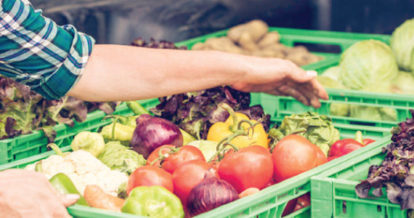
Tariffs Shake Up Canada-U.S. Food Markets: Price Impact 2025
What's in This Article
The looming tariffs between Canada and the U.S. are set to shake up the food markets significantly. With tariffs poised to impact the Canada-U.S. food markets, consumers and businesses alike are bracing for changes. The anticipated rise in food prices, as highlighted in Canada's Food Price Report 2025, is just the tip of the iceberg. As tariffs take effect, supply chains will face disruptions, potentially leading to increased costs and altered availability of goods.
This article delves into the implications of these tariffs, exploring how they might reshape the food industry landscape. From the economic impact on consumer prices to the potential for increased domestic food processing, we examine the multifaceted effects of these trade barriers. As the agricultural sector adapts, the focus will be on ensuring food security and maintaining market stability amidst these changes.
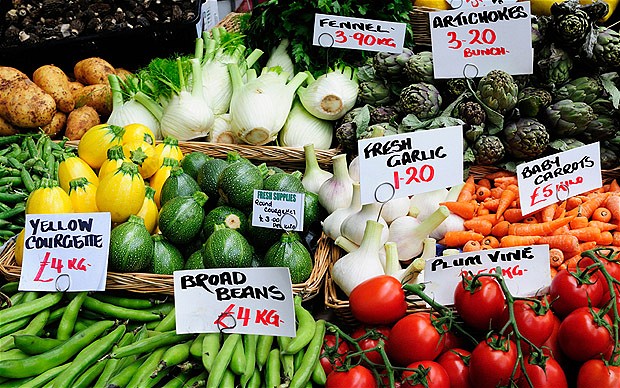
Canadian families expect to pay an additional $801.56 annually for food due to new tariffs
Economic Impact of Tariffs on Food Prices
The introduction of tariffs is expected to have a profound economic impact on food prices in both Canada and the U.S. As tariffs are implemented, the cost of importing goods will rise, leading to higher consumer prices. This increase is projected to push the average Canadian family's annual food expenditure to new heights.
According to Canada's Food Price Report 2025, food prices are expected to rise between 3% and 5%, translating to an additional $801.56 in annual costs for the average family. This surge in prices is attributed to the increased cost of importing goods due to tariffs, which will affect a wide range of products, including staples like orange juice and peanut butter.
Impact on Consumer Prices
The direct impact of tariffs on consumer prices is a major concern for both Canadian and American households. As tariffs increase the cost of imported goods, retailers will likely pass these costs onto consumers. This means that everyday items, from groceries to household products, could see significant price hikes.
For instance, the 25% tariff on $30 billion worth of U.S. goods, including popular items like wine and spirits, will make these products more expensive for Canadian consumers. Similarly, U.S. consumers may face higher prices on Canadian imports, as tariffs on Canadian products could reach $73 billion annually. This increase in consumer prices will strain household budgets, forcing families to adjust their spending habits and find creative ways to save.
Long-term Economic Effects
Beyond immediate price increases, the long-term economic effects of tariffs could fundamentally reshape the food industry. As companies grapple with higher costs, they may seek to diversify their supply chains or relocate operations to mitigate the impact of tariffs.
This could lead to increased investment in domestic food processing and manufacturing, as businesses look to reduce reliance on imported goods. Additionally, the agricultural sector may need to adapt quickly, shifting production and distribution patterns to meet changing market demands.
These changes could ultimately lead to a more self-sufficient food industry in both Canada and the U.S., with a greater focus on local production and innovation. While challenging in the short term, this transition may create new economic opportunities and more resilient food systems over time.
Supply Chain Disruptions and Adaptations
Tariffs are poised to disrupt the highly integrated cross-border supply chains that have long been a hallmark of the Canada-U.S. food markets. As tariffs take effect, companies will face increased costs and logistical challenges in importing and exporting goods. This disruption could lead to delays and shortages, affecting the availability of products on store shelves.
To navigate these challenges, businesses will need to adapt their supply chain strategies, exploring alternative sourcing options and investing in domestic production capabilities. By doing so, they can reduce their reliance on cross-border trade and mitigate the impact of tariffs on their operations. Companies that adapt quickly will gain competitive advantages in this new trade environment.
Challenges in Cross-Border Trade
The imposition of tariffs presents significant challenges for cross-border trade between Canada and the U.S. As tariffs increase the cost of importing and exporting goods, companies will need to reassess their supply chain strategies. This may involve finding new suppliers, renegotiating contracts, or investing in domestic production capabilities.
Additionally, the increased cost of cross-border trade could lead to delays and shortages, as companies struggle to navigate the complexities of the new trade environment. These challenges will require businesses to be agile and innovative in their approach to supply chain management, ensuring they can continue to meet consumer demands despite the disruptions.
Logistics companies are already developing specialized services to help food businesses navigate the new tariff landscape, offering strategies to minimize costs and delays at the border. This emerging sector could become crucial as tariffs reshape traditional trade patterns.
Opportunities for Domestic Production
While tariffs present challenges, they also offer significant opportunities for increased domestic production and self-sufficiency. As companies seek to reduce their reliance on imported goods, there is potential for growth in domestic food processing and manufacturing.
By investing in local production capabilities, businesses can mitigate the impact of tariffs and ensure a stable supply of goods for consumers. This shift towards domestic production could also drive innovation in the food industry, as companies develop new products and processes to meet changing market demands.
Ultimately, the focus on domestic production could lead to a more resilient and self-sufficient food industry in both Canada and the U.S. Entrepreneurs and existing food businesses should watch for emerging opportunities in local food production and processing, as these sectors may see significant growth in response to the new tariff environment.
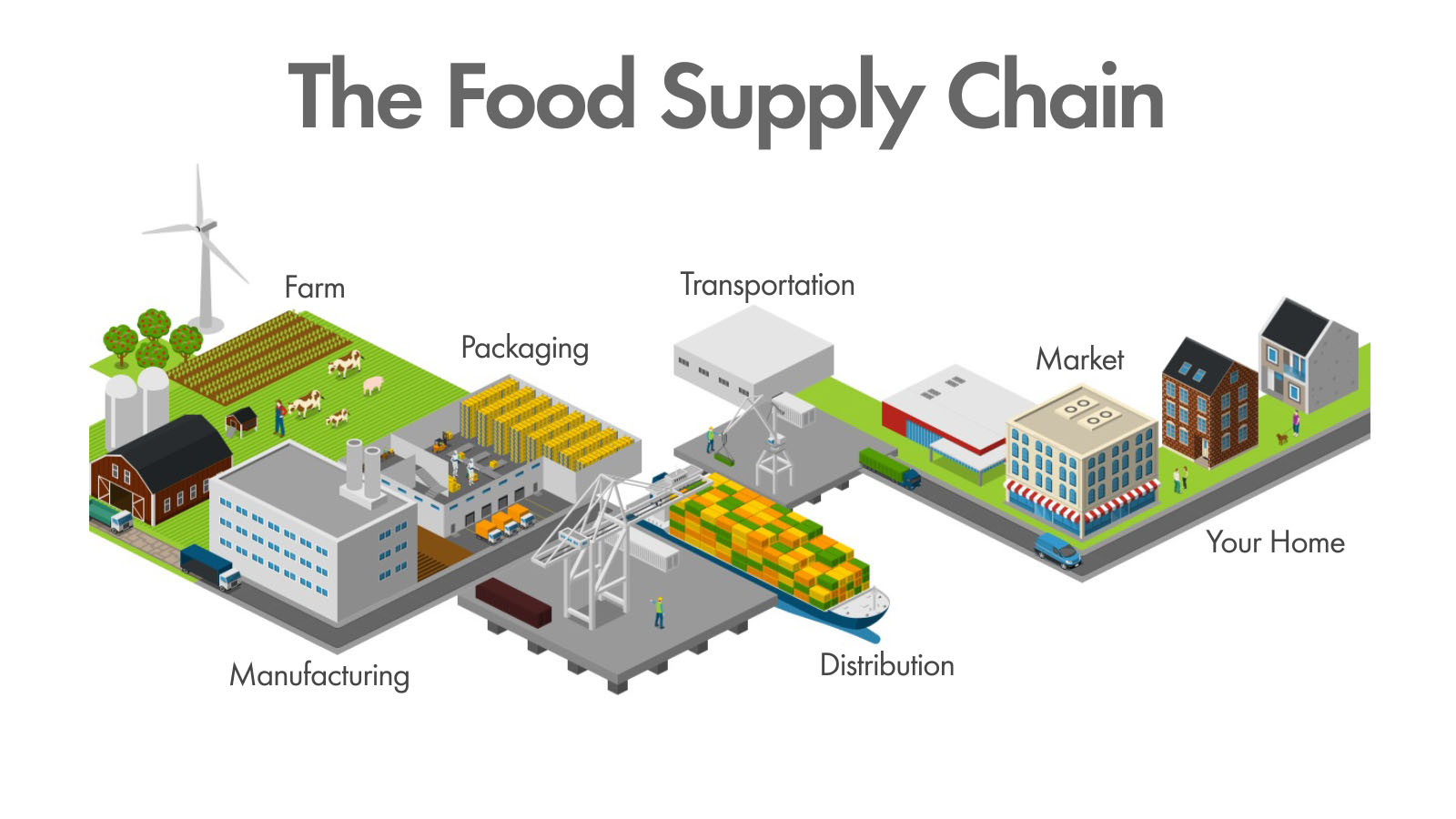
Integrated Canada-U.S. supply chains face significant disruption from new trade barriers
Agricultural Sector Adaptations
The agricultural sector will play a crucial role in adapting to the changes brought about by tariffs. As the cost of importing goods rises, there will be increased demand for locally produced agricultural products. This presents an opportunity for farmers and producers to expand their operations and meet the growing demand for domestic goods.
However, this shift will require significant investment in infrastructure and technology to support increased production and distribution. Additionally, the agricultural sector will need to adapt to changing market demands, developing new products and processes to ensure food security and stability in the face of trade barriers.
Government support programs and agricultural subsidies may need to be adjusted to help farmers transition to new production models and capitalize on emerging opportunities in the domestic market.
Shifts in Production Patterns
As tariffs impact the cost of importing goods, the agricultural sector will need to adapt its production patterns to meet changing market demands. This may involve shifting focus to crops and products that are in high demand domestically, as well as investing in new technologies and practices to increase efficiency and yield.
By doing so, farmers and producers can capitalize on the increased demand for locally produced goods, ensuring a stable supply of food for consumers. Additionally, the shift towards domestic production could drive innovation in the agricultural sector, as companies develop new products and processes to meet the evolving needs of the market.
Regional specialization may become more pronounced, with certain areas focusing on crops or livestock that are particularly well-suited to local conditions. This could lead to a more diversified and resilient agricultural sector overall.
Role of Food Science and Innovation
Food science and innovation will play a critical role in helping the agricultural sector adapt to the challenges posed by tariffs. As companies seek to reduce their reliance on imported goods, there will be increased demand for new products and processes that can ensure food security and stability.
This presents an opportunity for innovation in the food industry, as companies develop new technologies and practices to meet changing market demands. From improved preservation techniques to alternative ingredient development, food scientists are working to create solutions that maximize the value and utility of domestically produced foods.
By investing in food science and innovation, the agricultural sector can ensure a stable supply of goods for consumers, while also driving growth and development in the industry. Universities and research institutions should expect increased interest in food science programs as the industry adapts to these new market conditions.
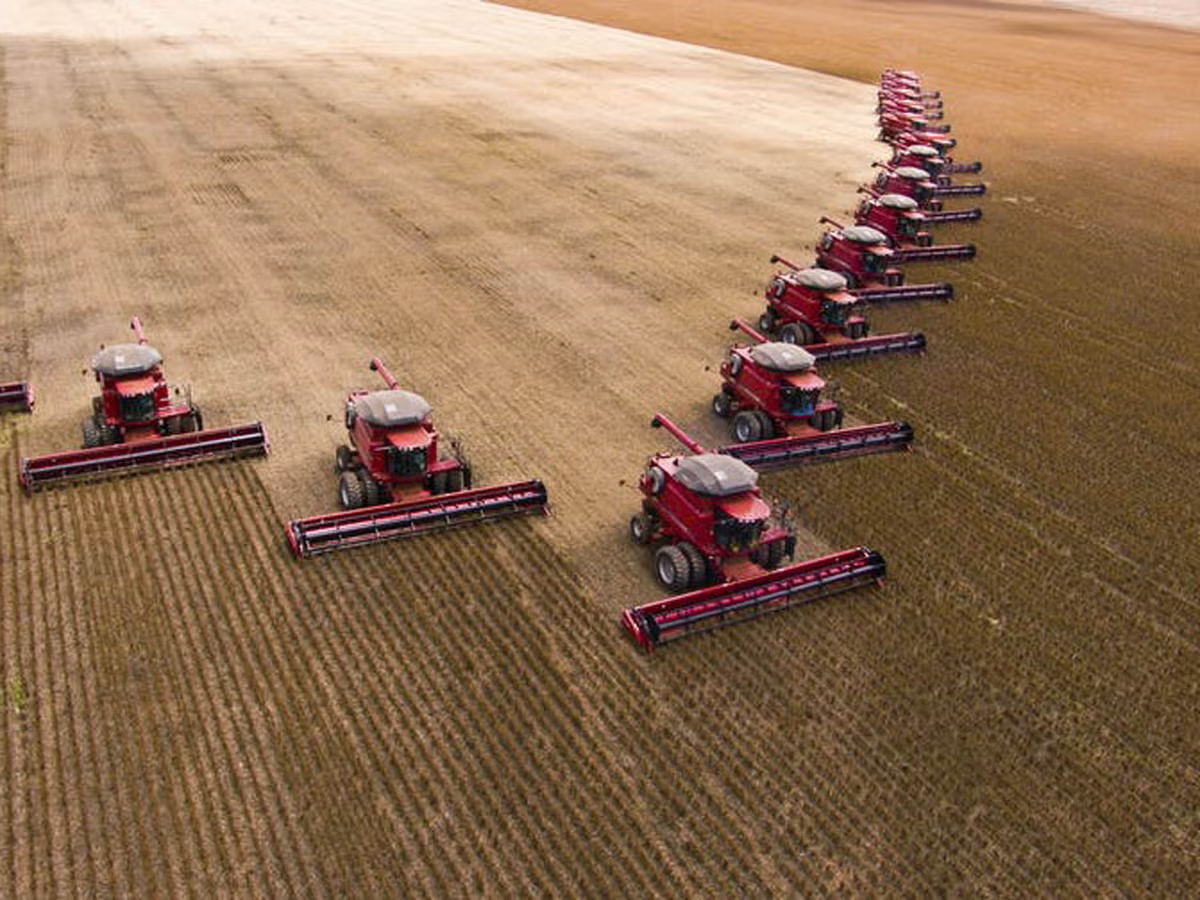
Local farmers and food processors see opportunities as tariffs reshape market dynamics
Future Trends in the Food Industry
The imposition of tariffs is likely to have a lasting impact on the food industry, shaping future trends and developments. As companies adapt to the new trade environment, there will be increased focus on domestic production and self-sufficiency. This shift could lead to a more resilient and sustainable food industry, with a greater emphasis on local production and innovation.
Additionally, the focus on domestic production could drive growth in the food processing and manufacturing sectors, as companies invest in new technologies and practices to meet changing market demands. Ultimately, the future of the food industry will be shaped by the need to adapt to the challenges posed by tariffs, while also capitalizing on the opportunities for growth and development.
Consumer preferences are also likely to evolve, with increased awareness of food origins and production methods driving demand for locally produced goods that are less vulnerable to international trade disruptions.
Increased Self-Sufficiency
As tariffs impact the cost of importing goods, there will be increased focus on self-sufficiency in the food industry. This shift towards domestic production could lead to a more resilient and sustainable food industry, with a greater emphasis on local production and innovation.
By investing in domestic production capabilities, companies can reduce their reliance on imported goods and ensure a stable supply of food for consumers. Additionally, the focus on self-sufficiency could drive growth in the food processing and manufacturing sectors, as companies develop new products and processes to meet changing market demands.
Regional food systems may become more prominent, with greater integration between local farmers, processors, and retailers creating shorter, more resilient supply chains that are less vulnerable to international trade disruptions. Consumers can use innovative recipe finders to discover creative ways to cook with locally available ingredients.
Innovation and Growth Opportunities
The imposition of tariffs presents significant opportunities for innovation and growth in the food industry. As companies seek to reduce their reliance on imported goods, there will be increased demand for new products and processes that can ensure food security and stability.
This presents an opportunity for innovation in the food industry, as companies develop new technologies and practices to meet changing market demands. By investing in innovation and growth, the food industry can ensure a stable supply of goods for consumers, while also driving growth and development in the industry.
Emerging technologies like vertical farming, alternative proteins, and advanced food preservation methods may see accelerated adoption as the industry seeks solutions to tariff-related challenges. Entrepreneurs and investors should watch these spaces closely for new business opportunities as the market adjusts to the new trade reality.
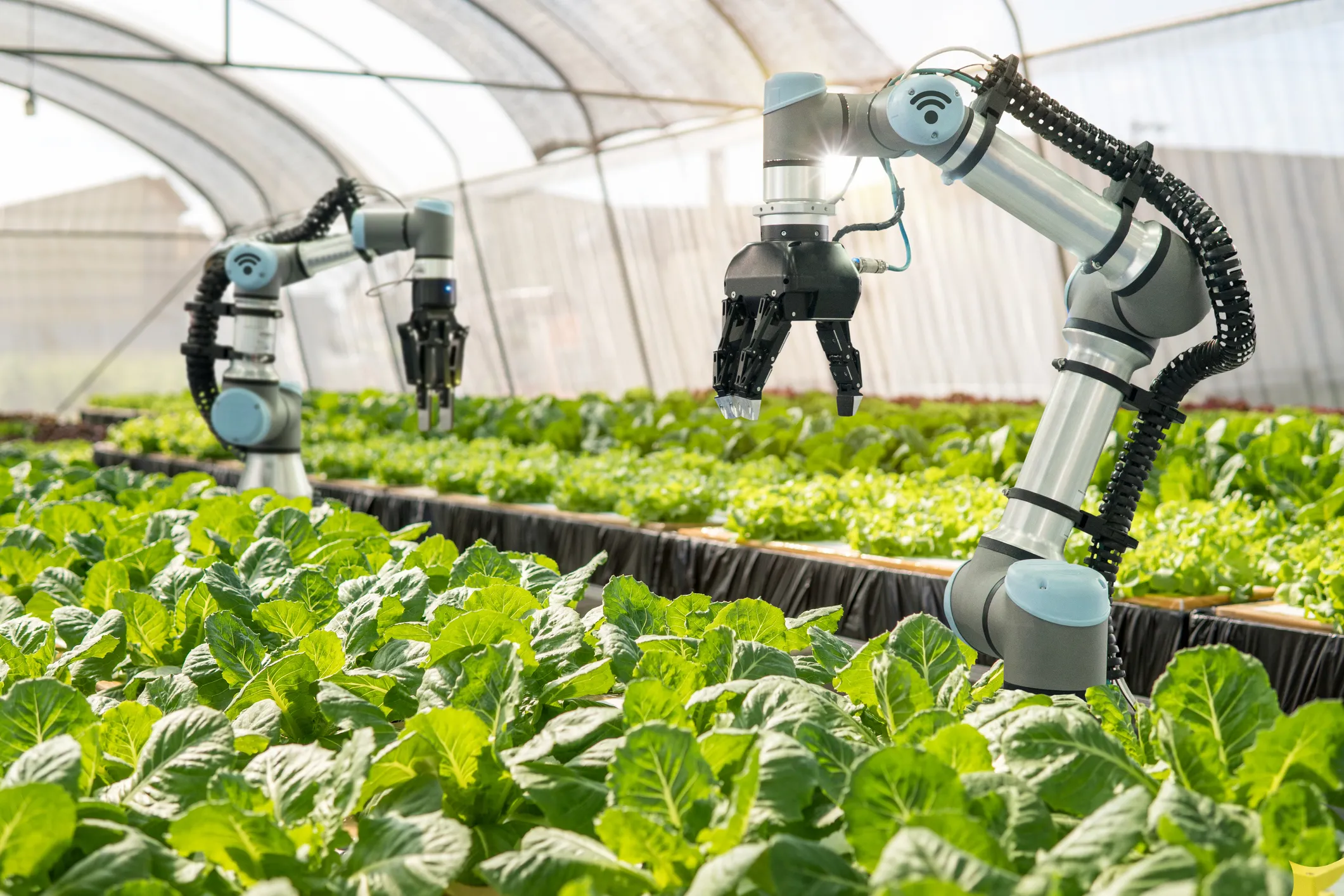
Innovation in food processing and technology offers solutions to tariff challenges
Conclusion
In conclusion, the imposition of tariffs between Canada and the U.S. is set to reshape the food markets significantly. As tariffs impact the Canada-U.S. food markets, consumers and businesses alike will need to adapt to the changes. The anticipated rise in food prices and disruptions to supply chains will require companies to reassess their strategies and invest in domestic production capabilities.
By doing so, they can mitigate the impact of tariffs and ensure a stable supply of goods for consumers. Ultimately, the focus on domestic production and innovation could lead to a more resilient and self-sufficient food industry in both Canada and the U.S.
As the agricultural sector adapts, the focus will be on ensuring food security and maintaining market stability amidst these changes. Stay informed and explore the opportunities for growth and development in the food industry as these changes unfold, and consider how you might adjust your own food shopping and consumption habits in response to these market shifts.
Frequently Asked Questions
According to Canada's Food Price Report 2025, food prices are expected to rise between 3% and 5% due to tariffs, translating to an additional $801.56 in annual costs for the average Canadian family. The 25% tariff on $30 billion worth of U.S. goods will make products like wine, spirits, and many food staples more expensive for Canadian consumers. Similarly, U.S. consumers will face higher prices on Canadian imports, as tariffs on Canadian products could reach $73 billion annually. These price increases will likely force families to adjust their spending habits and prioritize certain food purchases.
The highly integrated cross-border supply chains between Canada and the U.S. face significant disruptions as tariffs take effect. Companies will experience increased costs and logistical challenges in importing and exporting goods, potentially leading to delays and shortages of certain products. Businesses will need to reassess their supply chain strategies, including finding new suppliers, renegotiating contracts, or investing in domestic production. Consumers may notice reduced availability of certain imported products, longer wait times for specialty items, and potential seasonal shortages as the market adjusts to these new trade barriers.
Consumers can adapt to food price increases by adopting several strategies: increasing purchases of locally produced foods that aren't subject to tariffs; learning to cook with seasonal, domestic ingredients rather than imported ones; using meal planning to reduce food waste; buying in bulk when staples are on sale; exploring cheaper protein alternatives; growing some food at home if possible; and using digital tools to compare prices across different retailers. Additionally, learning to transform leftovers into new meals can significantly reduce the impact of rising food costs on household budgets.
Despite the challenges, several opportunities are emerging for the food industry: increased domestic food processing and manufacturing as businesses reduce reliance on imports; growth in local farming and production to meet rising demand for domestic goods; innovation in food science to develop new products and processes; expansion of regional food systems with greater integration between local producers and retailers; development of new preservation technologies to maximize domestic food usage; and creation of specialty food products that capitalize on local ingredients. Entrepreneurs and existing businesses that can quickly adapt to these changing market conditions may find significant growth opportunities.
The agricultural sector will need to make several adaptations: shifting production toward crops and products in high demand domestically; investing in infrastructure and technology to increase production efficiency and yield; developing new processing capabilities to add value to raw agricultural products; strengthening regional distribution networks to connect with local markets more effectively; embracing food science innovations to create new products from domestic ingredients; and potentially reorganizing into more regional specializations based on local growing conditions. Government support programs and agricultural subsidies may also need adjustment to help farmers transition to these new production models.